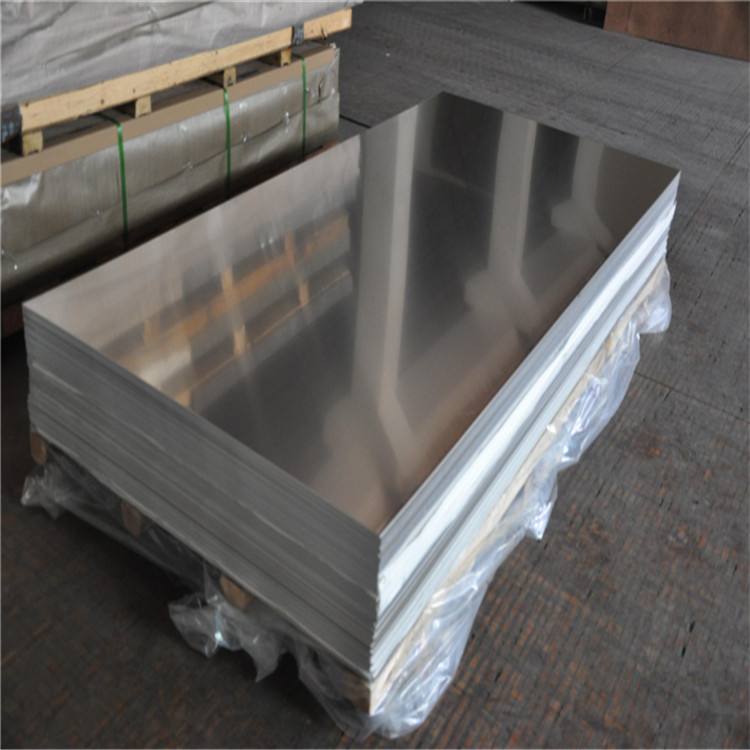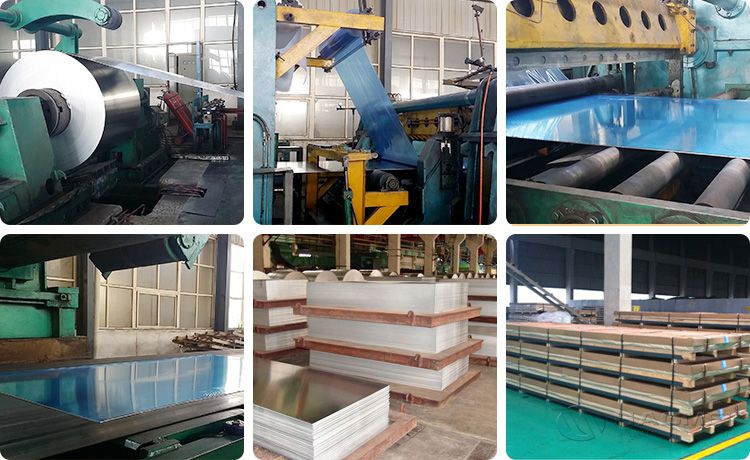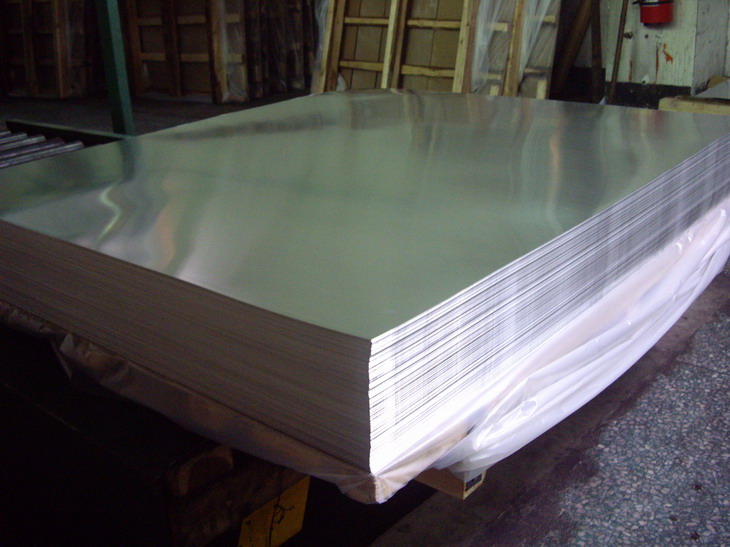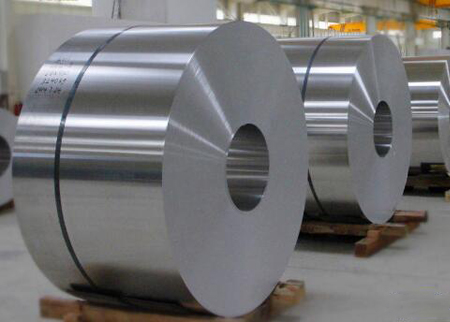



The prices of aluminum is getting really attention-drawing these days. And recently, the US dollar index has continued to rise, but the non-ferrous market has not fallen sharply, and the trend of variety differentiation is more obvious. As of the close on the afternoon of August 24, Shanghai aluminum futures continued to rise, closing up 2.66%, setting a one-and-a-half-month high.
It is worth noting that the recent macro guidance for non-ferrous metals is relatively limited. Although the recent Federal Reserve officials have a hard attitude and the US dollar index has continued to strengthen, it has not significantly dragged down the trend of non-ferrous metals, and the trend of related varieties has returned to fundamentals. We believe that there are two main reasons:
First, the previous round of non-ferrous metal prices has gradually fulfilled the expectation of a global economic recession under the Fed's rate hike cycle. Since July, the Fed's hawkish interest rate hike attitude has eased, and the US inflation has turned a little bit, and the market's expectations for forced interest rate hikes have been relatively moderate. Although the U.S. dollar index is still strong, the expectation of interest rate hikes may not stimulate the U.S. dollar index to continue to rise sharply. Therefore, the impact of the short-term strengthening of the US dollar on non-ferrous metals is marginally weakened, that is, non-ferrous metals are being "desensitized" to the US dollar in stages.
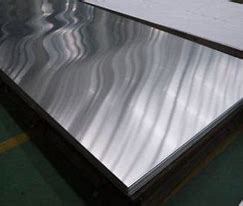
Second, the rising driving force of the non-ferrous metal market since August has mainly come from the domestic market. On the one hand, with the support of domestic policies, market expectations have improved; on the other hand, high temperatures in many places continue to lead to shortages of power supply, triggering production cuts at the smelting end, and pushing metal prices to rebound. Therefore, it can be seen that the inner disk is stronger than the outer disk, and the contrast between the internal and external strengths of aluminum prices is particularly obvious.
Looking at the aluminum market, analysts believe that the recent increase in domestic and foreign supply-side disturbances has brought obvious short-term support. Experts said that at present, the domestic aluminum supply side is affected by high temperature power cuts, and the production capacity continues to decrease. In Europe, aluminum production capacity has also been cut again due to energy problems. On the demand side, processing companies are also affected by power curtailment and the operating rate has dropped. With the continuation of the off-season of consumption and the deterioration of the external environment, the order situation of the processing industry is relatively weak, and the recovery of terminal consumption will take time and more stimulus measures. In terms of inventories, social inventories have accumulated a small amount of negative aluminum prices.
* Thank you for your inquiry. Please provide your business needs information so that we can better serve you.
This information can help us assign the most suitable person to solve your problem. We will give you feedback within 1-2 working days.
Related Blog
